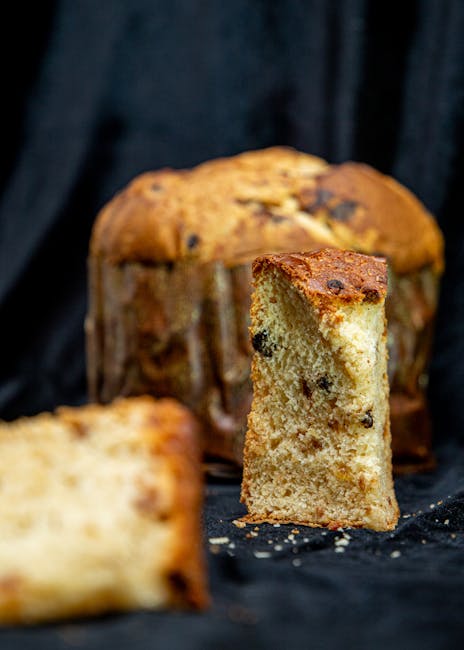Introduction
Craving a delicious doughnut but unsure which type to choose? The world of doughnuts offers a delightful array of options, but two classic contenders often stand out: yeast doughnuts and cake doughnuts. While both offer a sweet treat, their textures, flavors, and even preparation methods differ significantly. Understanding these distinctions can help you choose the perfect doughnut to satisfy your next craving. This guide will delve into the key differences between these two doughnut titans, empowering you to make an informed and delicious decision.
Yeast Doughnuts vs. Cake Doughnuts: Unveiling the Differences
Leavening Agent: The Heart of the Difference
The primary distinction lies in the leavening agent used:
- Yeast Doughnuts: Rely on yeast, a living organism, to create a light and airy texture. The yeast ferments the sugars in the dough, producing carbon dioxide gas, which causes the dough to rise. This results in a characteristic fluffy and chewy texture.
- Cake Doughnuts: Utilize chemical leaveners like baking powder or baking soda. These leaveners react with moisture and heat to produce carbon dioxide, resulting in a denser, more cake-like crumb.
Texture and Density: A Tale of Two Doughnuts
The leavening agent directly impacts the texture:
- Yeast Doughnuts: Known for their light, airy, and often slightly chewy texture. The rise created by yeast results in a less dense doughnut.
- Cake Doughnuts: Have a denser, more compact crumb, similar to a cake. They often feel heavier than their yeast-leavened counterparts.
Flavor Profile: A Matter of Taste
While both are sweet, the subtle flavors differ:
- Yeast Doughnuts: Possess a subtle, almost tangy flavor derived from the fermentation process. This tangy undertone complements sweeter glazes and fillings.
- Cake Doughnuts: Typically have a richer, more pronounced flavor, often enhanced by spices like nutmeg or cinnamon. Their density allows them to hold onto flavorings effectively.
Preparation Method: A Step-by-Step Comparison
- Yeast Doughnut Preparation:
- Yeast is activated with warm water and sugar.
- The yeast mixture is combined with flour, sugar, fat (butter or shortening), and other ingredients.
- The dough is kneaded and allowed to rise for an extended period (typically 1-2 hours) to allow the yeast to ferment.
- The dough is then rolled out, cut into shapes, and fried.
- Cake Doughnut Preparation:
- Dry ingredients (flour, sugar, baking powder/soda, spices) are combined.
- Wet ingredients (eggs, milk, butter/oil) are added and mixed until just combined. Overmixing can lead to tough doughnuts.
- The dough is often chilled briefly for easier handling.
- The dough is then rolled out (or piped) and cut into shapes before frying.
Frying Process: Achieving Golden Perfection
The frying process is similar for both, but the doughnut’s composition affects the final result:
- Yeast Doughnuts: Tend to absorb less oil during frying due to their airy texture.
- Cake Doughnuts: Can absorb slightly more oil due to their denser crumb.
Conclusion
Ultimately, the choice between yeast and cake doughnuts is a matter of personal preference. If you prefer a light, airy, and subtly tangy doughnut, the yeast doughnut is your ideal choice. If you crave a denser, richer, and more cake-like experience, the cake doughnut will satisfy your sweet tooth. Understanding the differences in leavening, texture, flavor, and preparation allows you to confidently select the perfect doughnut to enjoy. So, the next time you’re faced with this delightful dilemma, you’ll know exactly what to expect!
